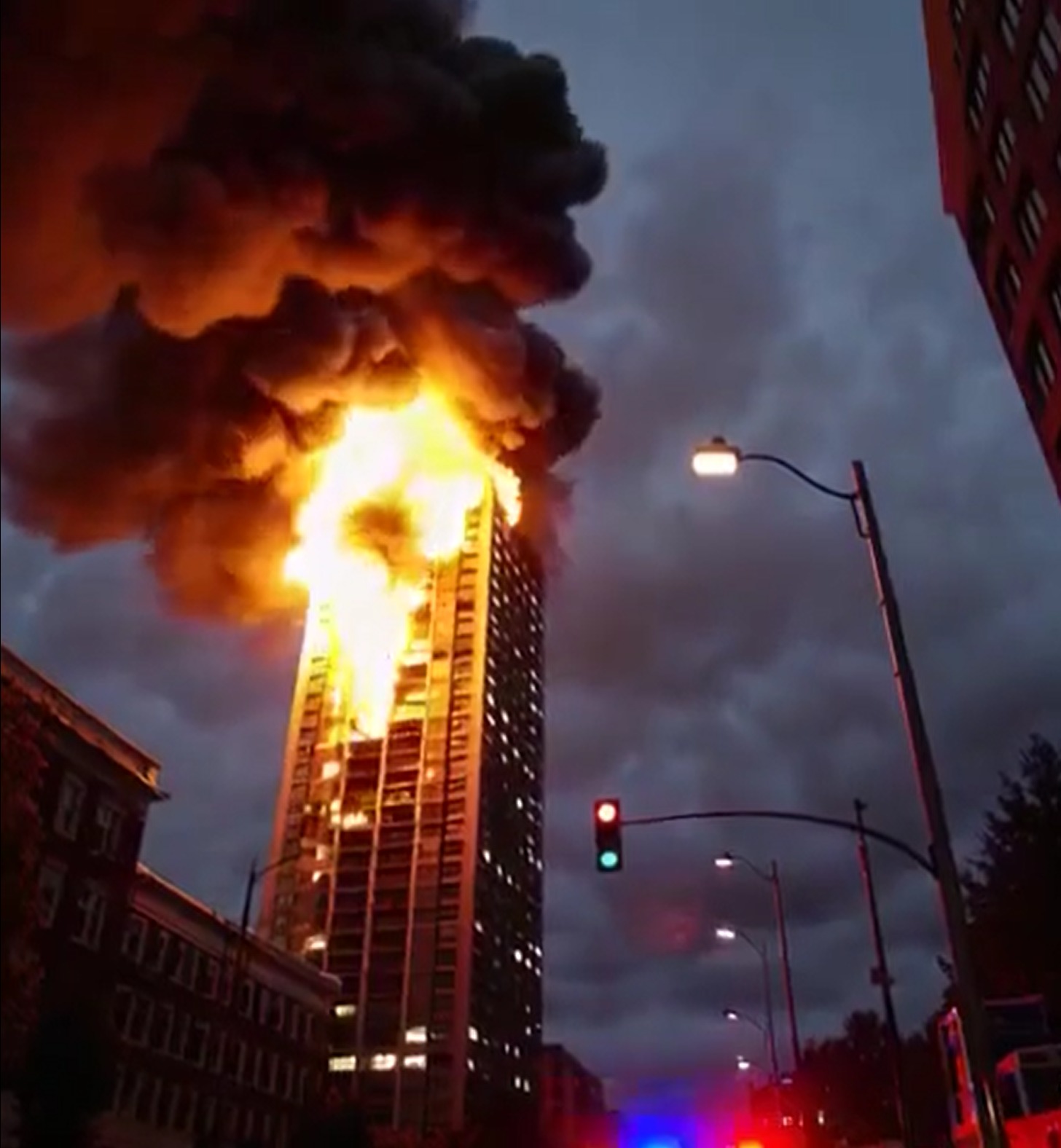As dawn broke and the first light touched the region, disaster struck without warning. A powerful 7.7-magnitude earthquake tore through the area along the China-Myanmar border, jolting entire cities awake and reducing once-sturdy buildings to piles of rubble. The tremors arrived suddenly, transforming the lives of thousands in an instant.
What began as a subtle shake underfoot quickly escalated into violent quakes that shattered walls, toppled roofs, and sent terrified residents running barefoot into the streets. Morning calm turned to sheer panic as mothers clutched their children, neighbors called out in fear, and the sound of collapsing structures filled the air. Towns that had seemed peaceful just hours earlier were now scenes of chaos, dust, and destruction.
The U.S. Geological Survey reported that the quake’s epicenter was shallow, striking only 10 kilometers below the surface, which intensified its destructive force. Tremors radiated across southern China, northern Thailand, and parts of Myanmar. Cities like Chiang Rai and Chiang Mai, normally bustling with markets and commuters, were transformed into zones of fear as residents abandoned their homes in search of safety.
Reports of casualties quickly emerged. Dozens were confirmed dead, and hundreds more were injured, many seriously, by falling debris. Officials fear that the death toll may rise as rescuers dig through collapsed homes, schools, and public buildings. Eyewitnesses described faint cries for help from beneath the rubble, a haunting reminder of the urgency for first responders.
Rescue efforts began immediately but faced significant challenges. Roads to affected towns were damaged or blocked by landslides, hampering emergency response. Communication networks were disrupted, isolating entire communities. Power outages plunged areas into darkness, further complicating rescues. Still, emergency teams pressed on through the night, pulling survivors from the wreckage and taking them to makeshift medical tents.
Hospitals were overwhelmed by the influx of patients. Doctors and nurses worked tirelessly, sometimes relying on generators or candlelight to treat broken bones, head injuries, and trauma cases. Volunteers brought blood donations, food, and comfort to those in need. Schools, sports arenas, and community halls were converted into temporary shelters as families were forced from their homes. For many, survival came with the added anxiety of uncertainty, unsure if loved ones were safe or still trapped under debris.
The earthquake’s devastation crossed borders. In Myanmar, villages near the border reported widespread destruction of wooden homes, with families forced to sleep outside, fearful of aftershocks. In China’s Yunnan province, officials noted severe damage to infrastructure, including cracked bridges and highways. Northern Thailand suffered heavily as well, with entire neighborhoods destroyed and residents recalling the terror of buildings swaying and walls collapsing around them.
International attention turned quickly to the crisis. Humanitarian organizations mobilized relief teams, and neighboring countries expressed readiness to provide aid and resources. The urgency was clear—every hour lost meant fewer lives saved. The scale of destruction made coordinated international response essential, not only for immediate rescues but also for long-term rebuilding.
As aftershocks continued, fear weighed heavily on the region. Families who had escaped collapsing buildings spent nights outdoors, shivering in the cool air but too afraid to return indoors. Parents focused on keeping children safe; the elderly struggled to survive amid trauma and loss. Across towns and villages, communities clung to one another, bound by grief and resilience.
This earthquake, one of the strongest in recent years, has left scars that will take decades to heal. Beyond the immediate loss of life and property, communities face the psychological toll of shattered security. Survivors must rebuild not only homes but also their sense of safety, knowing the ground beneath them may betray them again.
In the coming hours and days, the priority remains saving lives. Emergency workers risk their own safety to dig with bare hands, shovels, and heavy machinery to reach those still trapped. Each muffled sound from beneath the rubble represents hope. For families anxiously waiting, each rescued survivor is a miracle—a testament to human endurance in the face of devastation.
The world watches as the story unfolds, reminded of nature’s humbling power. The 7.7-magnitude quake has left an indelible mark across China, Myanmar, and Thailand, highlighting both human fragility and resilience. In the days ahead, international aid may arrive, governments may pledge support, and reconstruction may begin—but for now, the focus is clear: saving as many lives as possible before time runs out.
